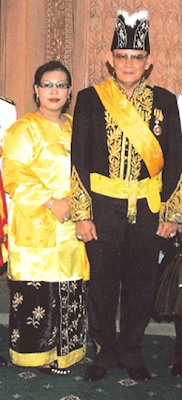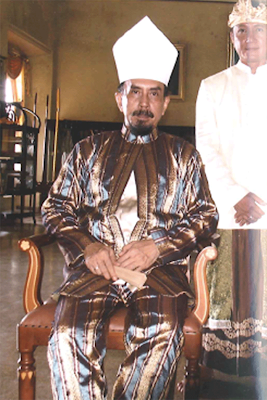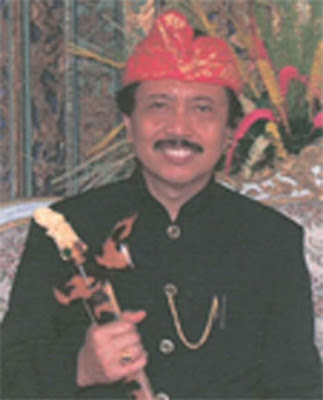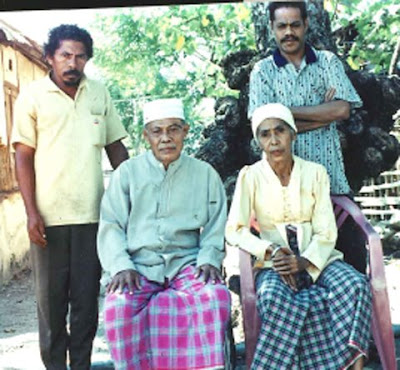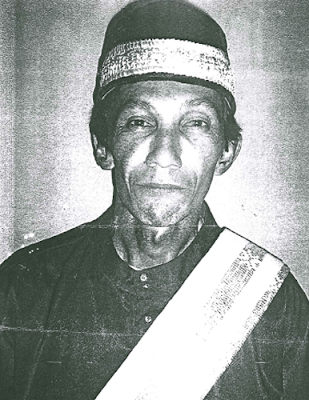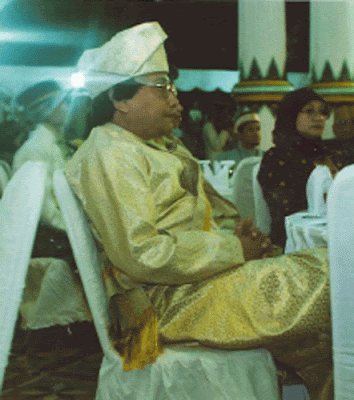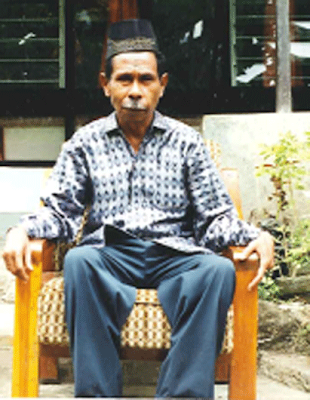
When 11 years ago this monarch succeeded his very popular grandfather Pangeran Mulyono Amir Natadingrat II he brought himself into trouble, because he then wanted to take the sultan's title, which was according to tradition not the title of the Cirebon-Kacirebonan king and so the Indonesian government thought of total abolishing the Cirebon-Kacirebonan palace. But all was settled later in peace.
Cirebon is one of the religious symbol places of Indonesia; in this case for W-Java. The rulers descent of one of the so called wali Songo, or 11 bringers of islam to Java. Later the dynasty was divided into 3 dynasties: that of Kasepuhan(the main one), Kanoman, Kacirebonan and even in the end of the 18th century a 4th dynasty; shortlived, came into being : that of Kaprobonan. Eact had it;s own spehere of influence in Cirebon town and also in the sultanate.
Because of not well-organised circumstances the Dutch decided to abolish the real sultan's government of Cirebon in 1819, but allowed the kings and their succesors to stay on as important symbols of the royal system. When the local people was seeking for their own identity in the struggle for independence after WW II they rediscovered their kings, who all the time had preserved the local culture and also most of ghe relguous old traditions. From that time on the kings were kings of their area again, but officially with no power.
Shortly before the abolishment of monarchy of Cirebon the monarchy of Cirebon-Kaprobonan was abolsihed and the area divided among some of the dynastybranches, although the dynastybranch of Cirebon-kaprobonan still exists until the present time.
Many say, that the palace of Cirebon-Kaprobonan has the most original Javanese atmosphere.
Donald Tick,
Pusat Dokumentasi Kerajaan-kerajaan Indonesia "Pusaka"
Edit by festivi


